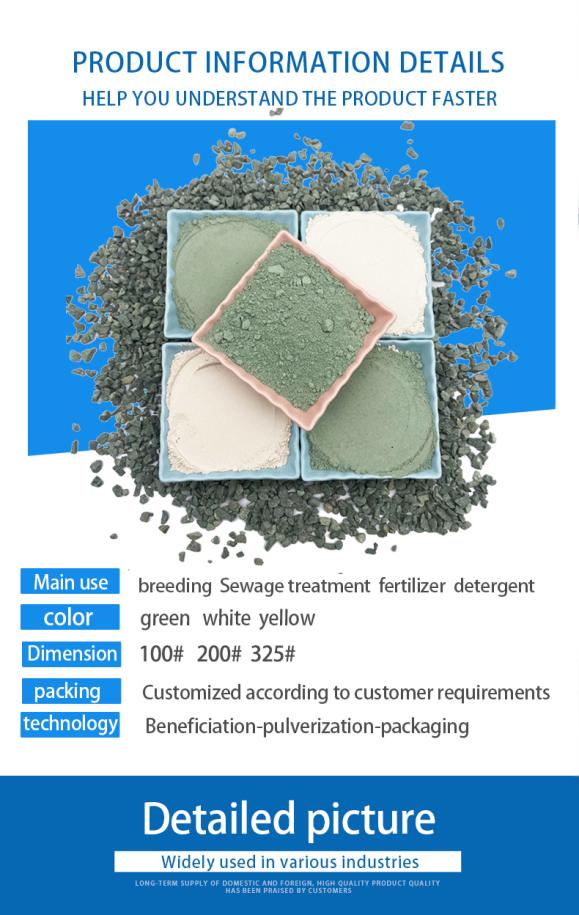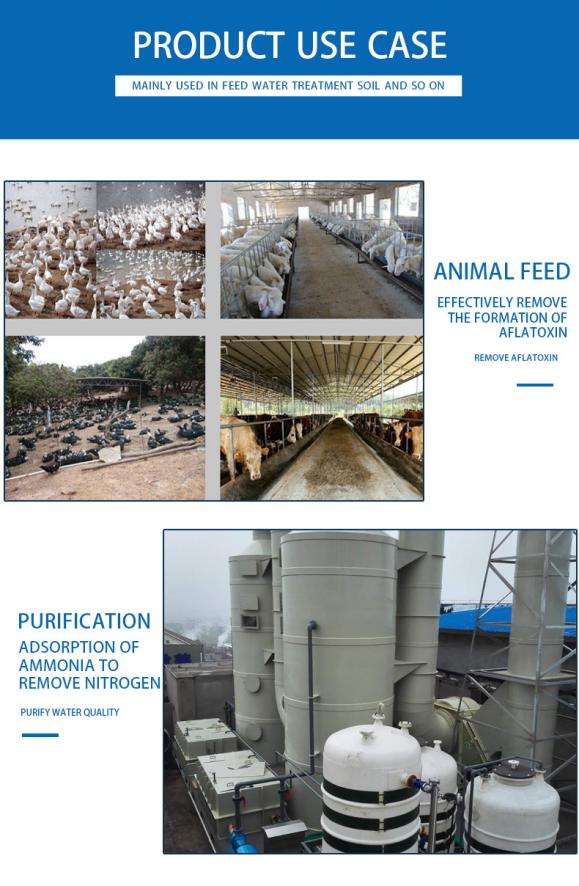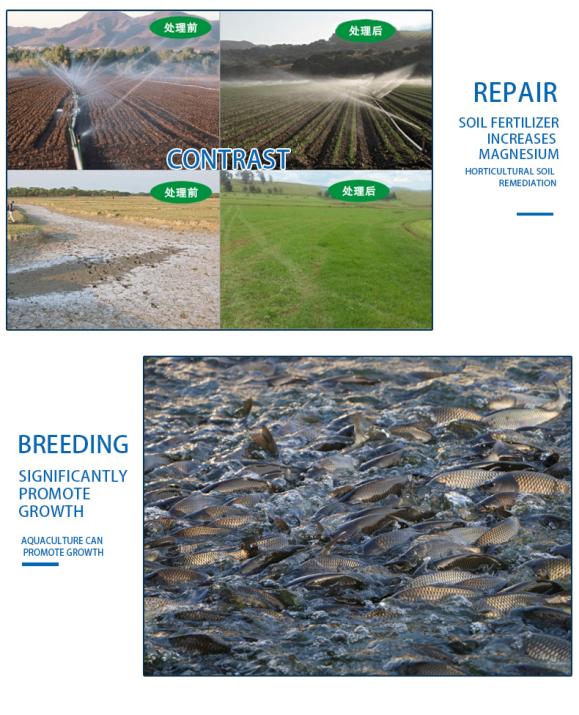
Zeolite is an amazing mineral
Natural zeolite is an emerging material that is widely used in industry, agriculture, defense and other sectors, and its use is constantly expanding. Zeolite is used as an ion exchanger, adsorption separating agent, desiccant, catalyst, cement mixture.
In the petroleum and chemical industries, it is used as catalytic cracking, hydrocracking and chemical isomerization, reforming, alkylation and disproportionation of petroleum refining; Gas and liquid purification, separation and storage agents; Hard water softening, seawater desalination; Special desiccants (dry air, nitrogen, hydrocarbons, etc.). In the light industry for papermaking, synthetic rubber, plastics, resins, paint fillers and quality colors. In national defense, space technology, ultravacuum technology, development of energy, electronic industry, etc., it is used as adsorption separation agent and desiccant. In the building materials industry, it is used as cement water hard active admixture, firing artificial light aggregate, making light and high-strength plates and bricks. Used as a soil amendment in agriculture, it can play a role in fertilizer, water retention, and prevention of diseases and pests. In the poultry industry, additives and deodorants used as feed (pigs, chickens) can promote the growth of livestock and improve the survival rate of chicks. In terms of environmental protection, it is used to treat waste gas and wastewater, remove or recover metal ions from waste water and waste liquid, and remove radioactive pollutants in wastewater.



From a practical point of view, zeolite can be adapted for a variety of uses:
(1) Aquaculture: ammonia filtration in fish hatcheries; Biological filter media. In fish farms, the water load of fish can be very high. This leads to rapid contamination of the water, so the concentration of toxic substances increases rapidly. Therefore, a large amount of water purification is necessary. Zeolite can be used in various steps of the purification process: as a secondary filtration unit after biological purification and/or aeration; as a supporting material for bacteria; As a filter medium, it is used to remove solids and suspended particles and simultaneously remove unwanted ions.
(2) Agriculture: odor control; environmental control of captive animals; Livestock feed additives. In Eastern Europe, Japanese and Cuban zeolite is traditionally used in agriculture. Adding about 5% to livestock diets reduces ammonia and odor emissions, improves feed efficiency, aids in mycotoxin absorption, and may provide trace elements. A few years ago, NASA used nutrient-rich zeolite as a slow-release fertilizer.
(3) Horticulture: nursery, greenhouse; Floralism; vegetables/herbs; Leaf; tree and shrub transplanting; turfgrass soil amendment; reclamation, revegetation, landscaping; afforestation (forestry, plantations); Hydroponic medium.
(4) Household products: household odor control; Pet odor control. Domestic uses mainly involve the odor and liquid adsorption characteristics of zeolite. A range of gases, including formaldehyde and hydrogen sulfide, have been shown to be adsorbed by zeolite.
In the United States, zeolite is often added to small air filters to adsorb such gases and reduce allergy problems. It can be used to dry sneakers, reduce moisture in the wardrobe, and is often used to absorb cigarette odors. A very useful carpet cleaner based on zeolite. The most common use of zeolite in the home is as a fat absorbent for cat litter and barbecue. It is also used to adsorb ammonia in fish tanks. When the waste product is fully utilized, it is an ideal addition to compost, helping to regulate and ultimately contribute to soil moisture and nutrient retention.
(5) Industrial products: absorbent of oil and spillage; Gas separation. Industrial uses focus on the liquid and vapor absorption properties of zeolite. It can be ideal for particulate oil/chemical spill cleanup; It is inert and safe to use.
(6) Radioactive waste: site remediation/decontamination.
(7) Water treatment: water filtration; Removal of heavy metals; swimming pool wastewater treatment; Ammonia/ammonium removal from municipal sludge/wastewater; Removal of heavy metals; Septic tank leaching field, etc.
Share
-
Chlorolite is obtained from zeolite ore by high temperature sintering and dehydration treatment.NewsMay.24,2024
-
The main component of talc is magnesium silicate containing talc water,NewsMay.22,2024
-
Alumina is a high-hardness compound commonly used in the manufacture of refractory materials.NewsMay.20,2024
-
Hollow glass beads are tiny, hollow glass spheres,NewsMay.16,2024
-
Fused quartz is the amorphous (glassy) state of silicon oxide (quartz, silica).NewsMay.09,2024
-
Vermiculite is a natural, inorganic, non-toxic mineral that expands under high temperature.NewsApr.09,2024






